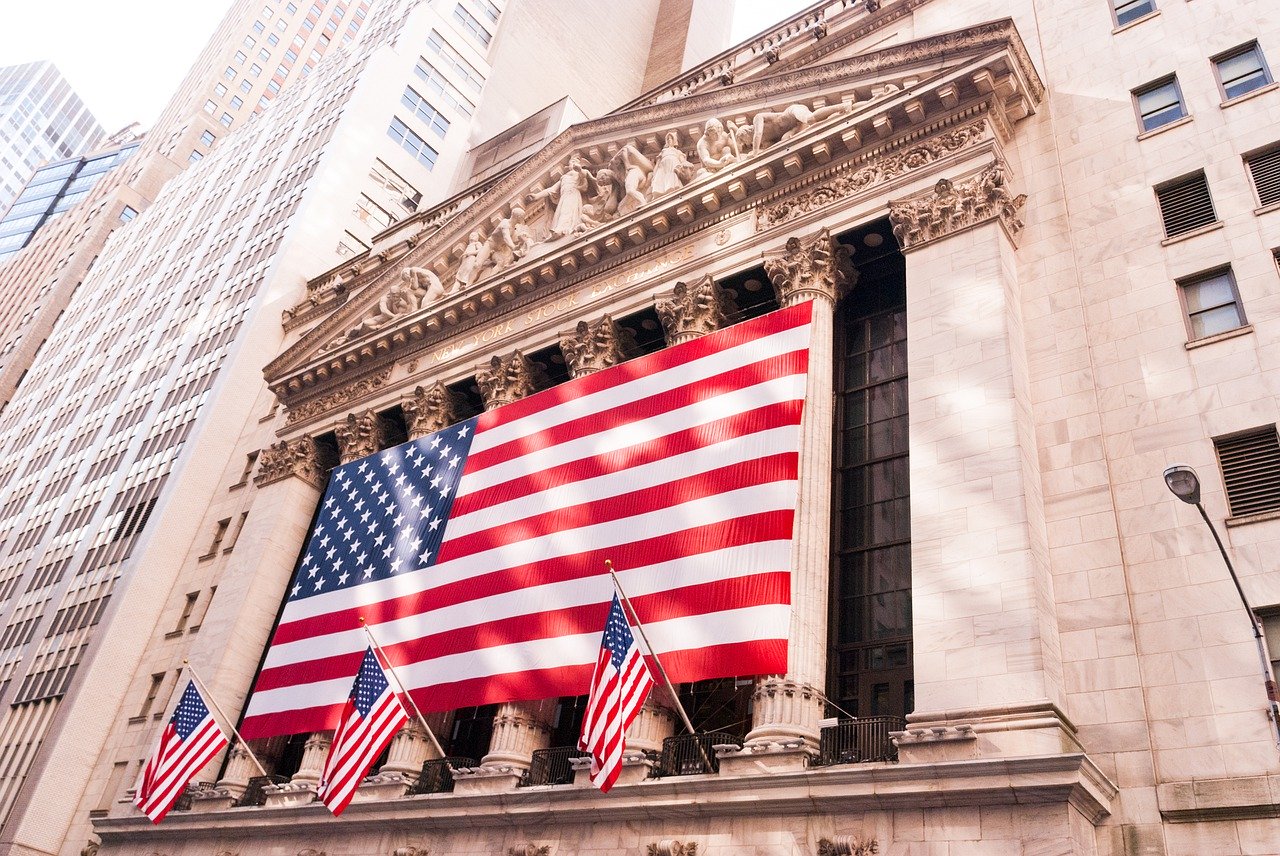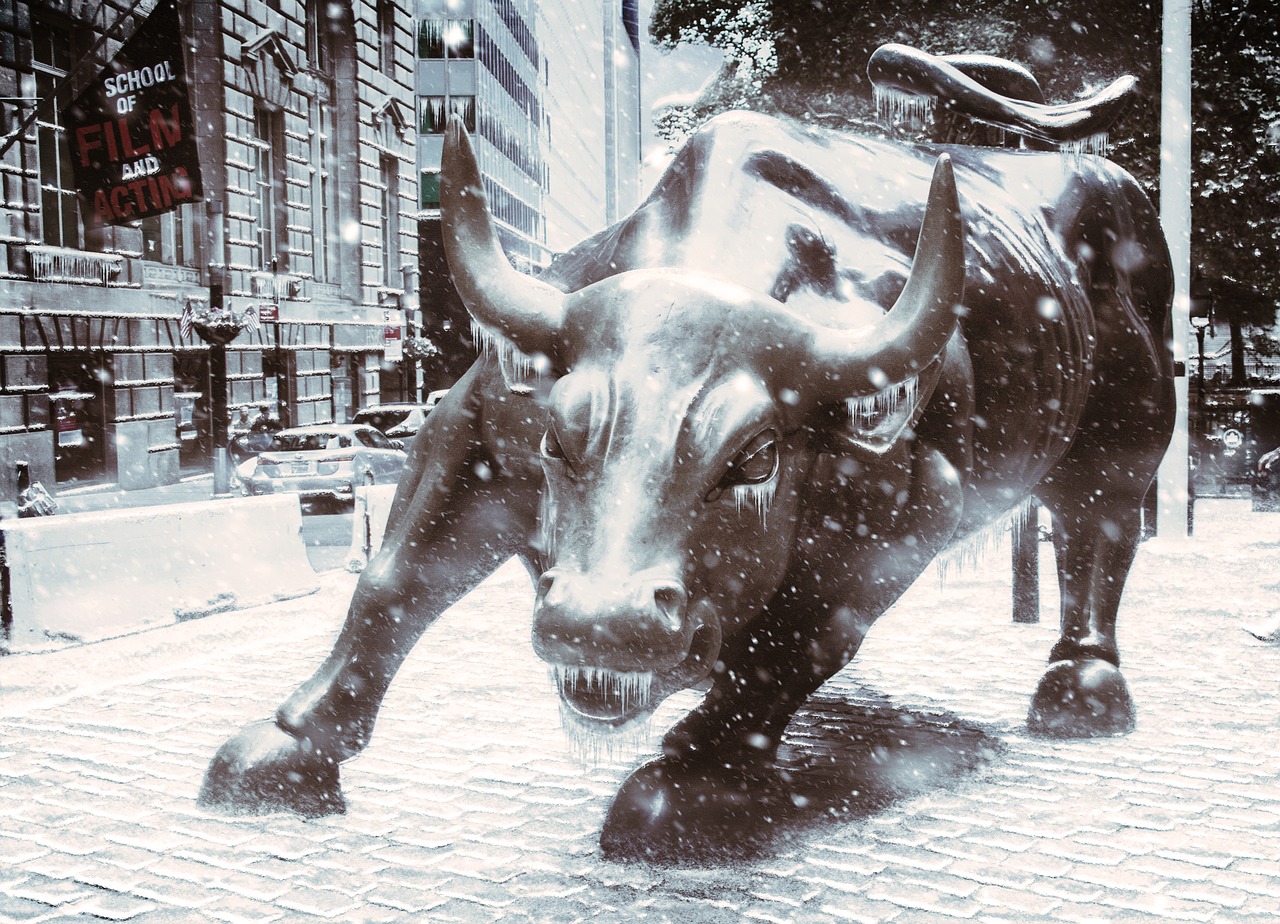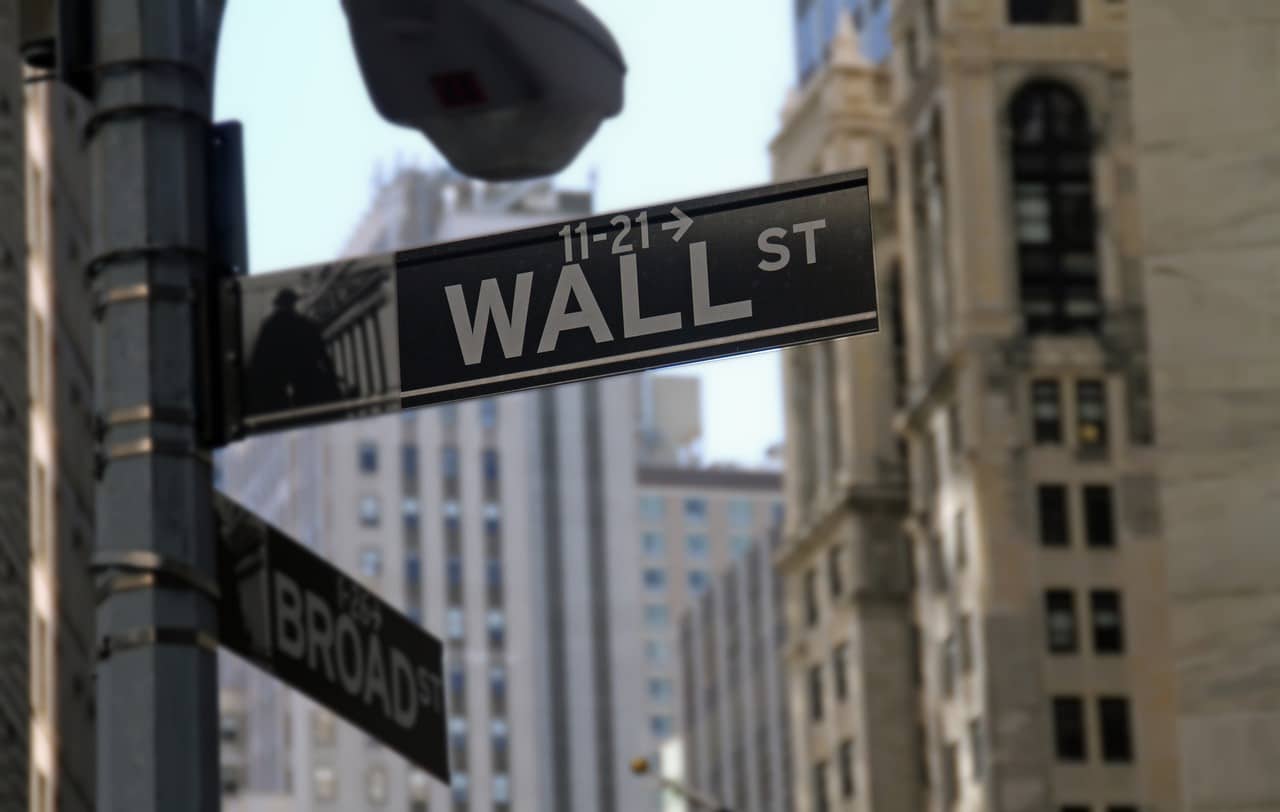
The Standard and Poor's is one of the indices that shows the greatest strength at the moment and above the other international markets after the expansion of the coronavirus. A few percentage points better than other proposals in equity markets around the world. Of course, it has not reached Nasdaq levels, but in return it has managed to resist with greater optimism the selling current in the financial markets. Being therefore one of the options available to small and medium investors to make their available capital profitable in the remainder of the year.
The Standard and Poor's has dropped 16% so far this year, well below the losses in the equity markets in European countries. After the all-time highs were reached before March along with the other stock indices in the US. In other words, it still has a margin of confidence on the part of investors for the coming months to the detriment of other indices on the old continent. And this is a very relevant factor to form a rational and balanced investment portfolio from now on. Being in any of the cases one of the most relevant notes that has caused the arrival of the coronavirus.
On the other hand, the Standard and Poor's can still face the coming months with positivity. Especially if a vaccine to face the coronavirus arrives in the coming months. To the point that the values that make up this important stock index could skyrocket. At least to promote a revaluation between 10% and 20% and that therefore can be subject to movements by small and medium investors. In this sense, we cannot forget that the Standard and Poor's is one of the strongest indices of the moment despite its great volatility in the conformation of the prices of the securities listed therein.
Standard and Poor's: in the lead
In any case, it cannot be forgotten that this index in the American stock market is the one with the best performance since the end of April. With a trend that in no case has been regular since it has been influenced by the ups and downs in the current economic and even social. In this sense, there is no doubt that the Standard and Poor's was also carried away by the number of cases of people infected by the virus. To the point that it has shown a certain irregularity in the last trading sessions and that is, after all, one of its hallmarks in these difficult days for all investors. Beyond the upward trend that in the long term has not been violated.
While on the other hand, it is also very important to emphasize the fact that the results of the companies listed in the Standard and Poor's have been better than expected. A fact that has led to many of the listed companies having appreciated in the shortest term. Although under very weak margins that do not invite to take positions for the next days or weeks. But at least it generates more optimism for small and medium investors who want to return to equity markets. But it is not a constant trend, but on the contrary it will stumble depending on the data that the coronavirus is marking every day. That is to say, a very suitable scenario to carry out operations in the same trading session to obtain rapid capital gains, if movements in financial markets allow it.
With a very diversified offer

From this kind of perspective, there is no doubt that the Standard and Poor's index is a good option for retailers in these exchanges. It offers more consistency than in the other international markets and with an upward trend, at least in the long term. While on the other hand, the fact that in its operations there is greater flexibility in the movements carried out cannot be forgotten either. Because in effect, it has many more actions than in others and for all this you can choose different values depending on the preferences you may have at a given time. Both in traditional and more innovative sectors, with practically no limitations to make a decision in decision-making. Not surprisingly, it has one of the most diversified offerings in all equity markets around the world.
Historical prices for the Standard & Poor's 500 stock index can be obtained from websites such as Yahoo Finance, using the GSPC ticker, or Google Finance, with .INX. Yahoo can even chart the series since 1950. Those numbers, and their corresponding charts, are useful for evaluating past performance of equity investments, because the S & P500 index is well regarded as a proxy for the large-cap stock market. However, to study the real profitability of the market, we need to average and graph not only the price, but also the effect of the dividend distribution and inflation. That is the purpose of this work.
Total profitability
According to Standard & Poor's, the dividend component was responsible for 44 of the index's total return over the past 80 years. If we analyze the historical profitability of investments in stocks, this portion cannot be neglected. Therefore, it is interesting to graph and average the total return (that is, the increase in value if all dividends were reinvested) instead of the price evolution. The following chart shows the historical performance of the S&P 500 since 1950:
You see the effect of investing 1 dollar in 1950. The orange curve shows the result of having all the dividends reinvested (that is, the total return), while the blue curve does not take dividends into account, so only reflects price evolution. As you can see, the reinvestment of all dividends produced around 8 times the return. Note that the Y axis is logarithmically scaled, for a better appreciation of previous trends.
Trends in inflation and dividend distribution. Phrases like "a dollar invested in 1926 would be $ 3000 today are often heard without taking into account the fact that a dollar from 1926 has little relation to a dollar from 2009. To properly assess how much can be earned through investments in stocks over a long period of time, the effect of inflation has to be extracted from the table, adjusting the intermediate results according to an index such as the Consumer Price Index published by the United States Department of Labor.
The main charts show inflation by year, along with annual dividend distribution rates. In both, some interesting trends can be observed:
Most financial analysts are particularly concerned that the index's two largest companies, Apple and Microsoft, each have a higher weight in the S&P 500 than some industries. Apple and Microsoft each account for about 4,5% of the market value of the S&P 500. That's higher than the weights for the energy, utilities, real estate and basic materials sectors.
When investors start to get overloaded in a sector, that usually doesn't end well. Top analysts have commented in social media interviews that it is essentially a follow-up of the pack mentality. And he's worried that the valuations of the most important stocks are now too high.
Grab your passports. It's time to look for stocks abroad, after all, it's time to look for stocks abroad. In this regard, analysts have noted that, in addition to the high weighting of technology in 2000, financial stocks made up a disproportionately large part of the index in 2007, just before the demise of Lehman Brothers and the Great Recession. Energy stocks were also unusually high in concentration in 2008 before oil prices plummeted.
"The current concentration of the sector is not a forecast of imminent doom, but rather a wake-up call to investors so that they are aware of the potential risk that is being assumed by the mere fact of 'owning the market'", it was commented in a report. Investors who still want broader market exposure can look to other funds and ETFs that own the S&P 500 companies - with a twist.
Other index ETF funds lag behind the S&P 500. Money management giant Invesco, for example, has an equal weight S&P 500 ETF (RSP). As the name suggests, the fund takes all the stocks in the index and weights them equally. And there is another ETF that flips the index. Exponential ETFs manage the US Reverse Large Cap ETF (RVRS), which places the highest weights on smaller companies.
Buy shares
Is there a reason to continue owning an individual share? Unfortunately, both funds have lagged the performance of the S&P 500 index in recent years. While weighting equities equally in a portfolio may make some inherent sense, it is difficult to outperform the overall market when one sector outperforms all others.
The strategy of putting more money in the smaller companies of the S&P 500 seems fundamentally flawed. The reverse capitalization ETF currently has the highest weighting in distressed retailers L Brands (LB), Gap (GPS), Nordstrom (JWN) and Macy's (M). The reason they have smaller market values? All of its stocks have plummeted in the last year.
With that in mind, investors may need to smile and hold on when buying a regular index fund. Yes, they have significant exposure to a quintet of tech companies. But many of the analysts have justified the solid performance of its actions. “Having so much in technology is a concern that should not be ignored. There are comparisons to the late 1990s. But we must realize that these companies are achieving above-average revenue and profit growth in a world that lacks growth, "said Timothy Chubb, chief investment officer at Girard.
Chubb added that weighting market capitalization is a better option than ranking stocks in an index by stock price, as the Dow does, especially given its top rating: Boeing (BA), which is down 15% in the last year amid the 737 Max's crash nearly a year ago. The largest American companies are deeply involved in the United States economy, as well as in the rest of the world. The 500 largest publicly traded US companies, the top players in the S&P XNUMX Index, are featured here along with their activities, logos and helpful links.
New York Stock Exchange logo. In the United States, companies are publicly traded on stock exchanges to access investor capital in the stock markets. By committing to comply with the regulations imposed by the Securities Exchange Commission - SEC -, these companies get their shares listed on the stock exchanges, the institutions in charge of ensuring adequate market conditions for trading stocks.
In the United States, two main stock exchanges ensure adequate market conditions for continuous trading of stocks of hundreds of companies: the New York Stock Exchange - NYSE - and the Nasdaq Stock Exchange, respectively the stock exchanges. largest and second largest in the United States and the world.
The S&P 500 Index, the broadest index

To measure the performance of US stocks and assess the evolution of financial markets and the US economy, the stocks of the 500 largest publicly traded companies in the US are aggregated in the S&P 500 index, also known as more just like the S&P. This capitalization-weighted index, which gives more weight to larger companies, is considered one of the best benchmarks for the US stock market and for the US economy as a whole.
Based on the stocks of 500 companies, the S&P has a broader base than the 30 companies that make up the Dow Jones Industrial Average, although many Dow companies are also major components of the S&P. The S&P also has a broader spectrum of sectors and industries than the companies that make up the Nasdaq Composite Index, which is heavily skewed toward the technology sector.
For the full list of the top 500 US companies that make up the S&P 500 Index, and much more information about each company, check out our Excel spreadsheet of the top 500 US companies.
To help you learn more about these corporations, details on the 30 largest US companies, the top 500 constituents of the S&P 7 Index, have been compiled below. Each company is listed with sub-industry and industry submissions, activities, market capitalization, a direct link to your website, logo and stock symbol. Companies are classified by their market capitalization in United States dollars, as of the effective close on Friday, February 2020, XNUMX.
Keep in mind that if you are looking for information on these companies to invest in your shares, make sure you know what you are doing, as your investment will be subject to significant risks with the evolution of share prices. To learn more about investing in the stock market and managing your portfolio, check out our post on the best online courses on investing and stock trading, and these best-selling books for learning how to invest in. the stock market.
Shortcuts for every company
To speed up your navigation through this long list, here are quick links to jump directly to the details of any of the top 30 S&P 500 companies. Be sure to also check out the top 10 S&P 500 company summary after the list! It cannot be forgotten that in this sense, the Standard and Poor's is one of the strongest indices at the moment. With the following values in whose actions you can position yourself from these moments of this year so complex due to the appearance of the coronavirus.
Boeing
Wells Fargo
PepsiCo
Comcast
Cisco Systems
Chevron
Pfizer
Merck & Co.
Verizon
The Coca-Cola Company
Disney
The Home Depot
ExxonMobil
UnitedHealth Group
AT&T
Intel
Bank of America
Procter & Gamble
Mastercard
Walmart
Johnson & Johnson
JPMorgan Chase
Visa
Berkshire Hathaway
Alphabet
Amazon
Apple Lossless Audio CODEC (ALAC),
Microsoft